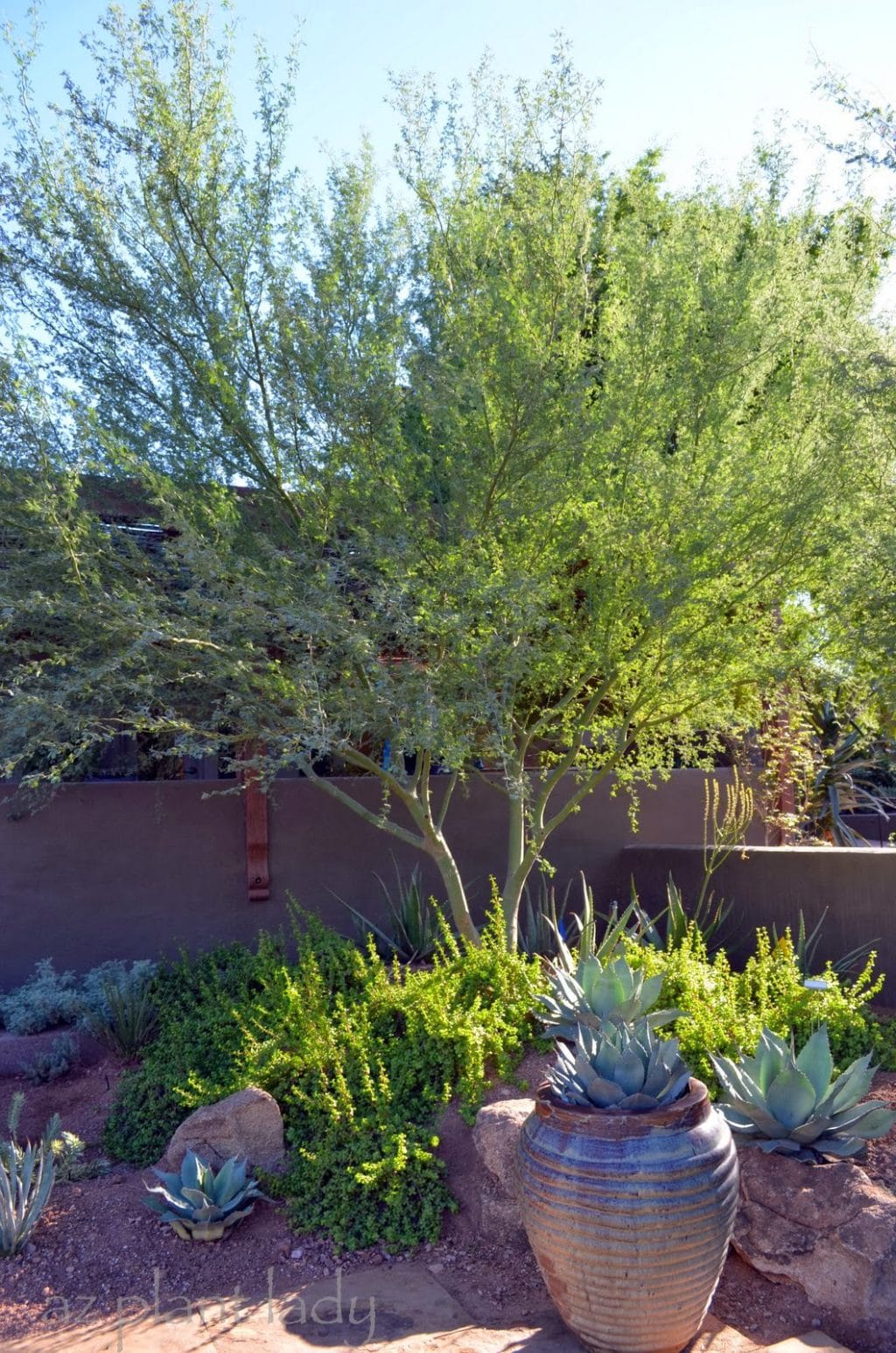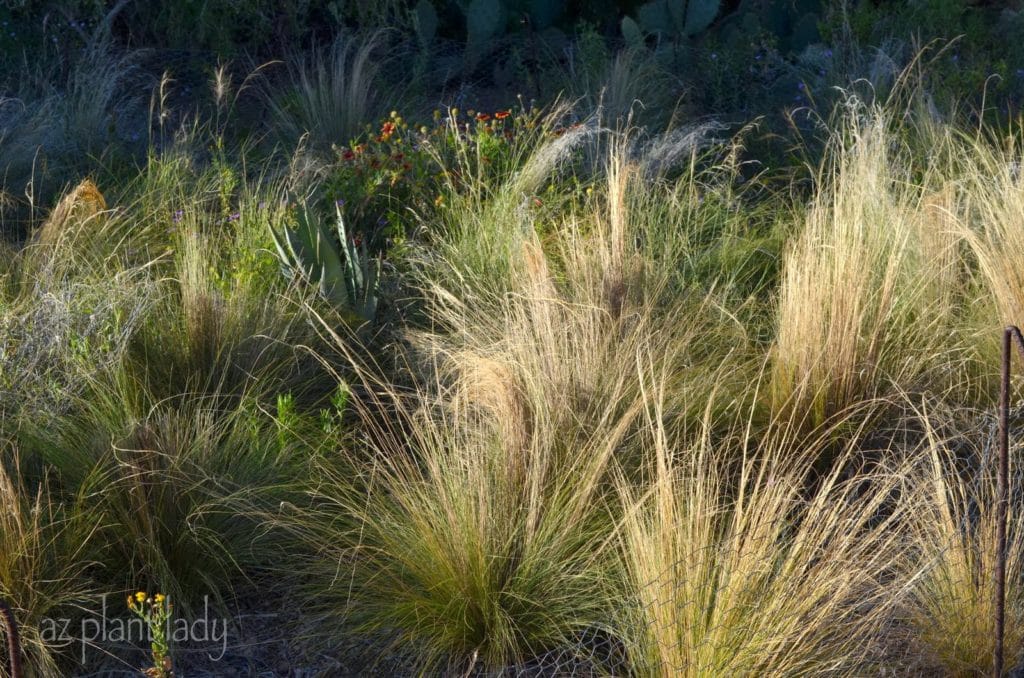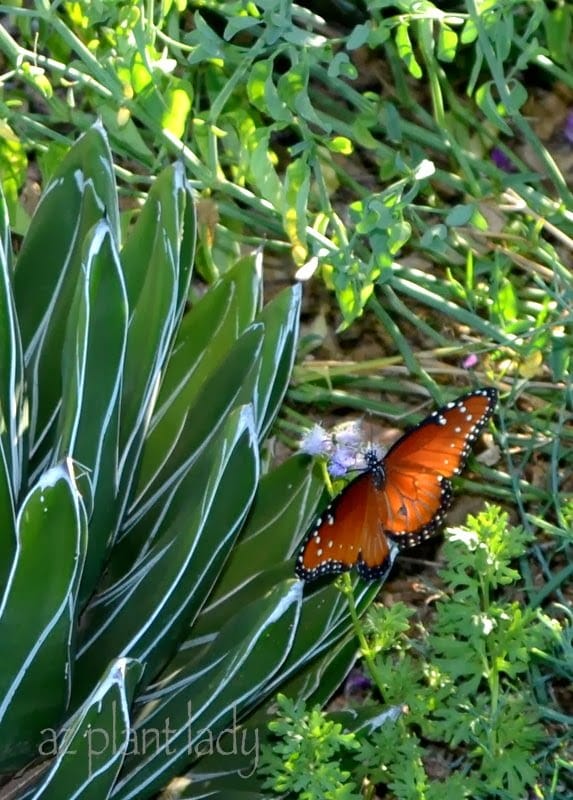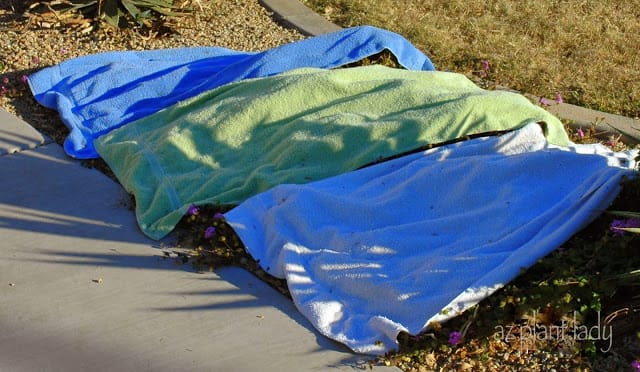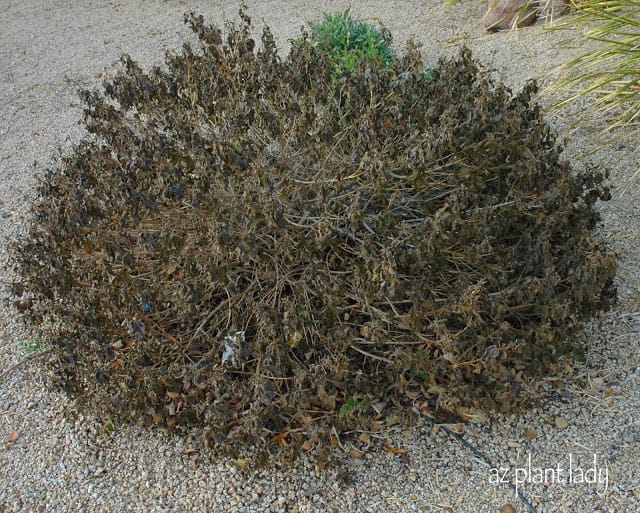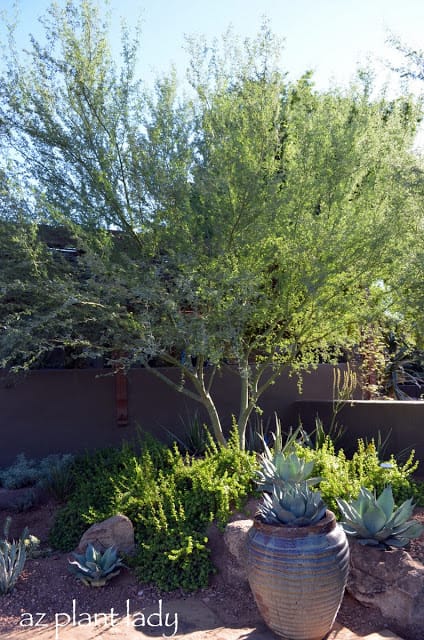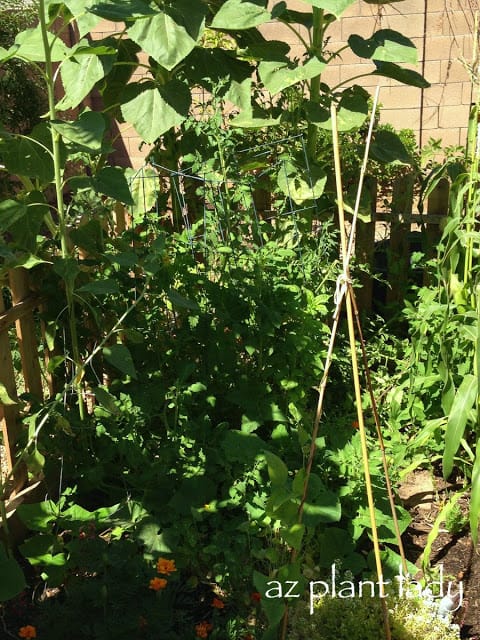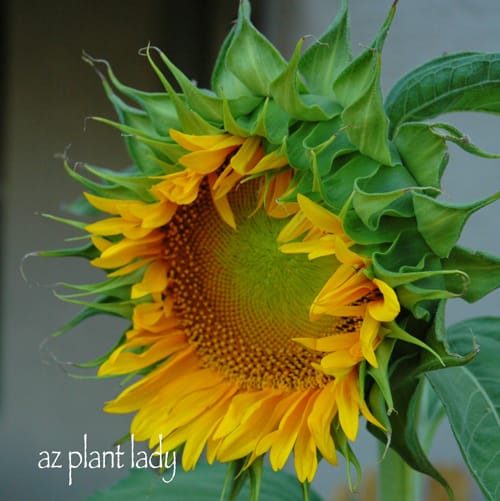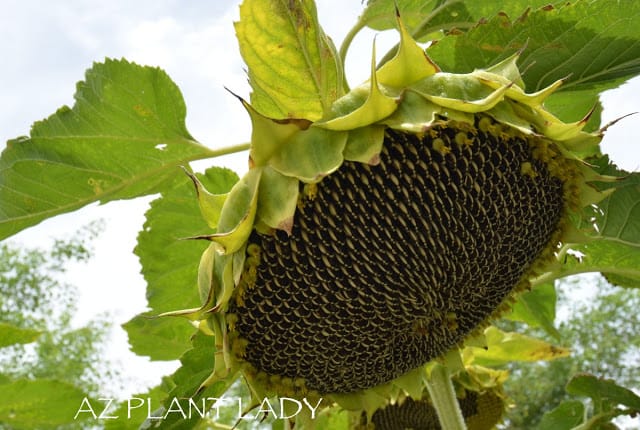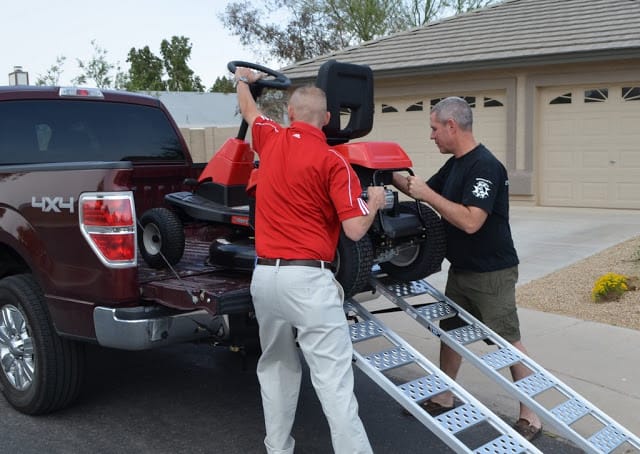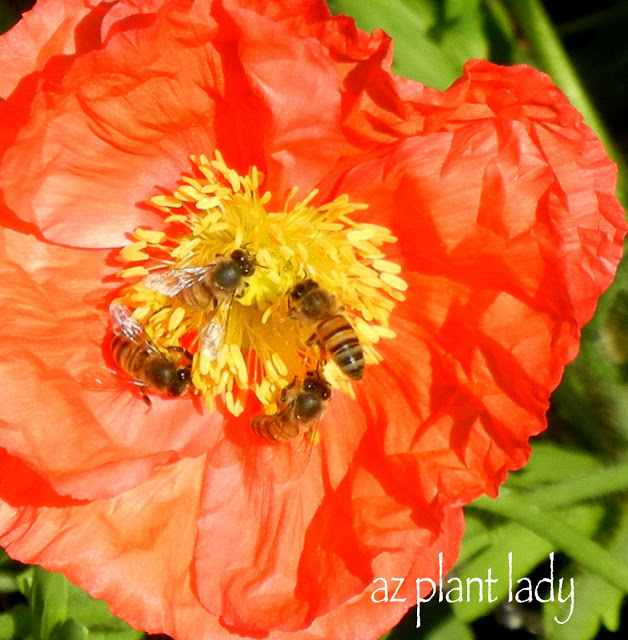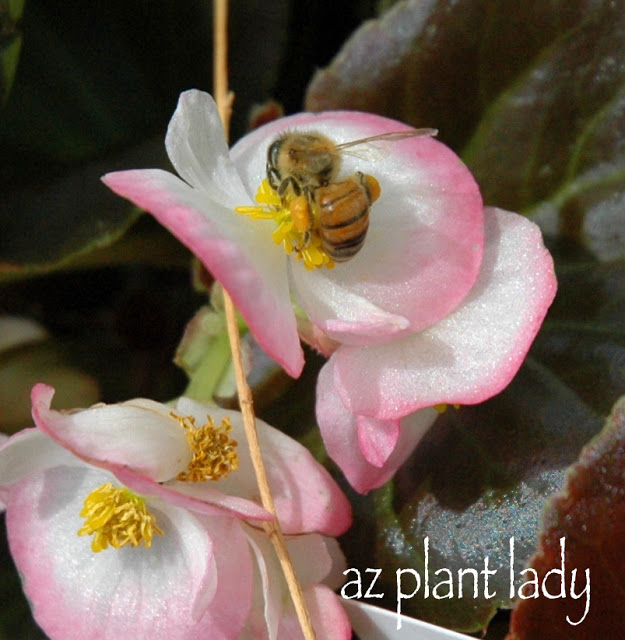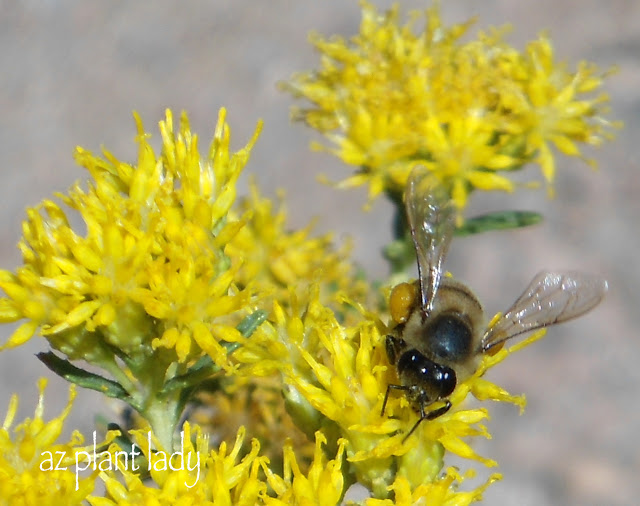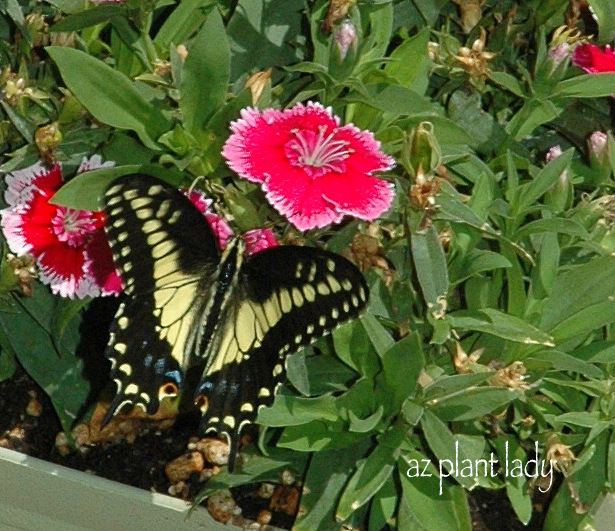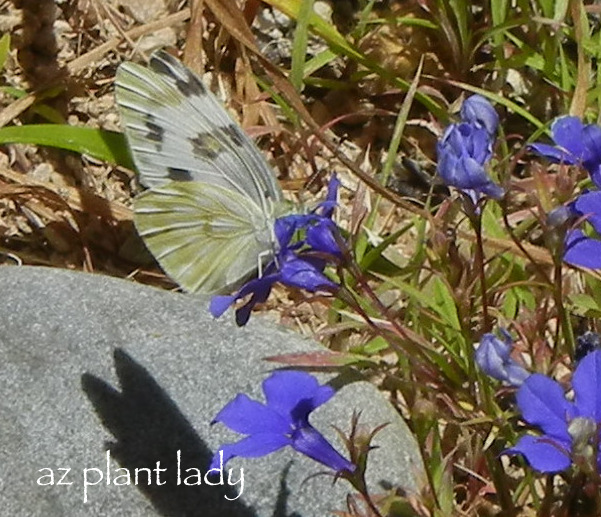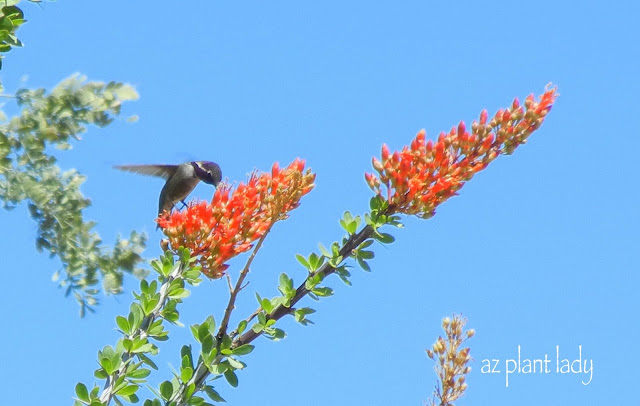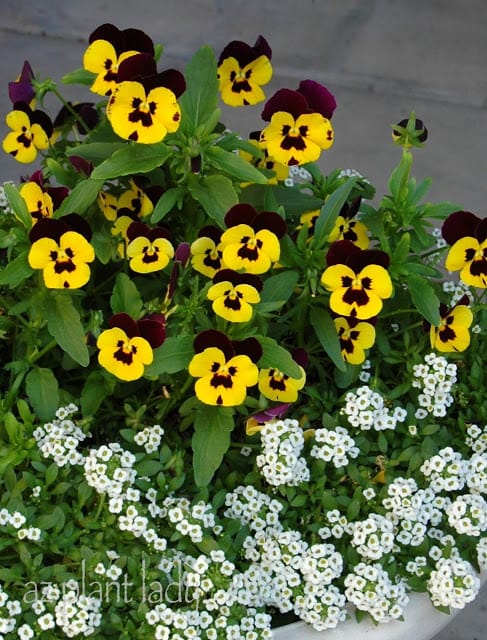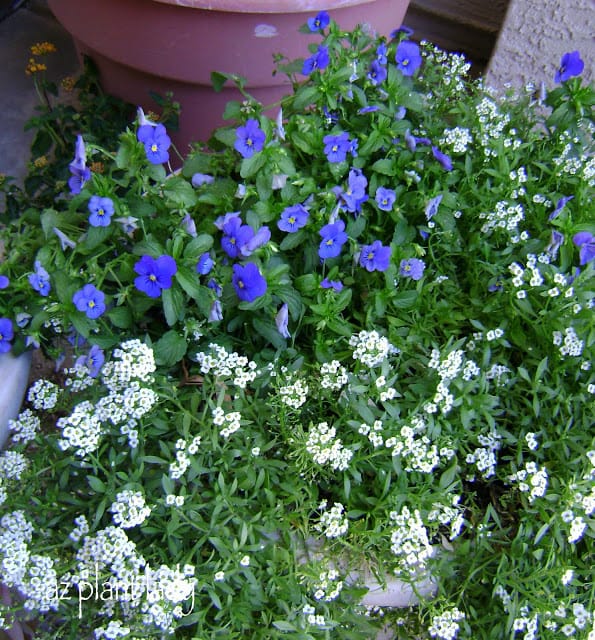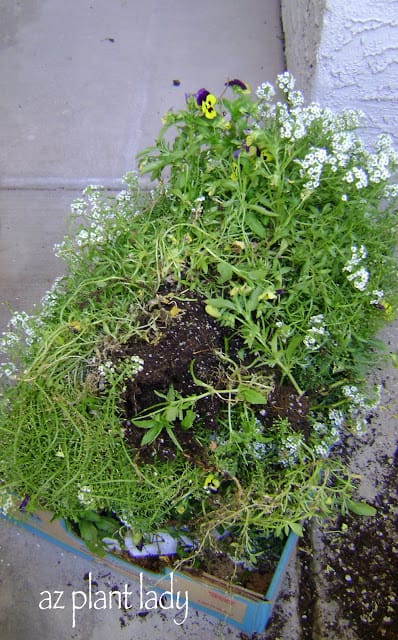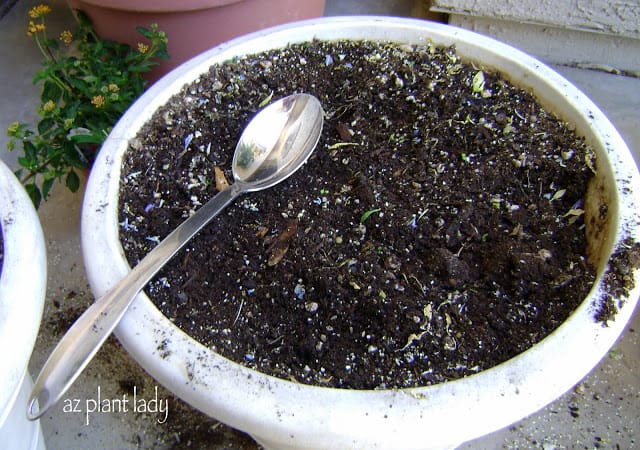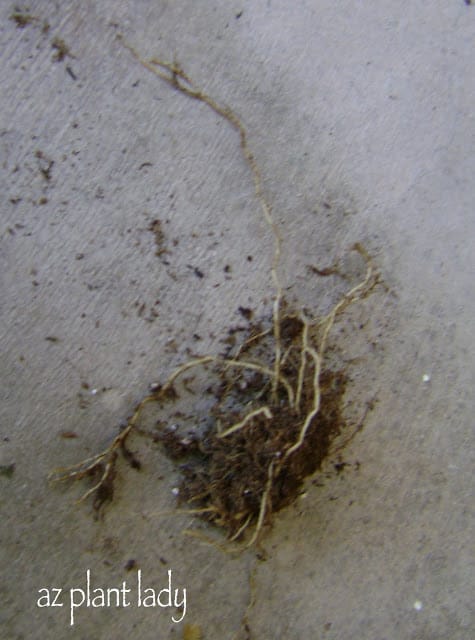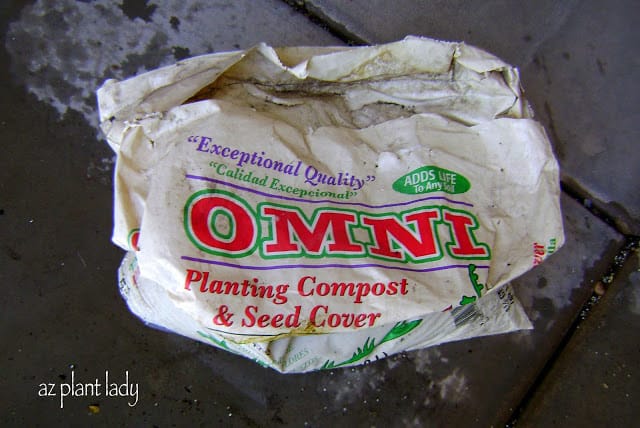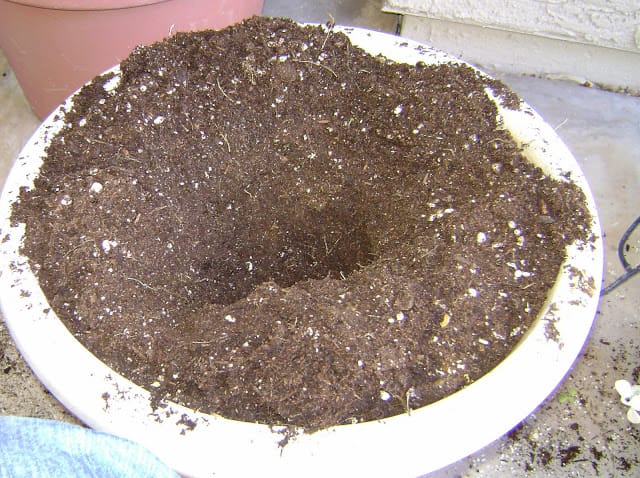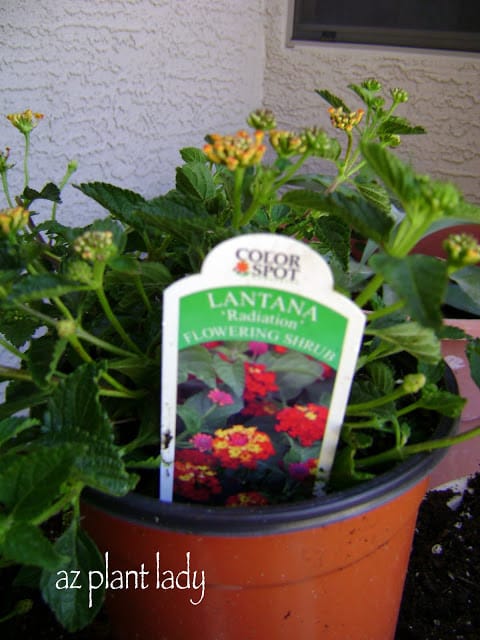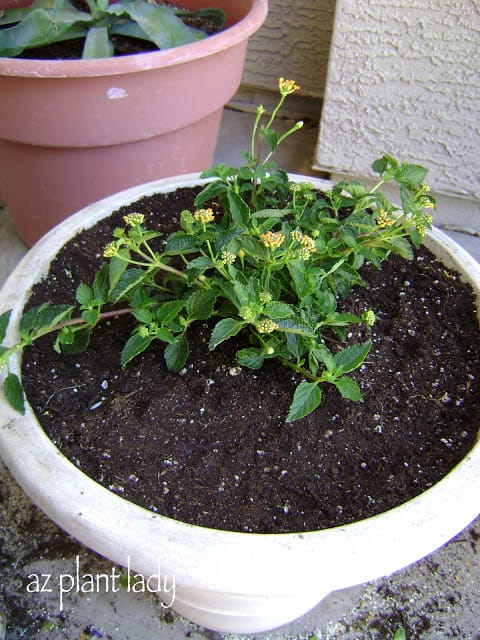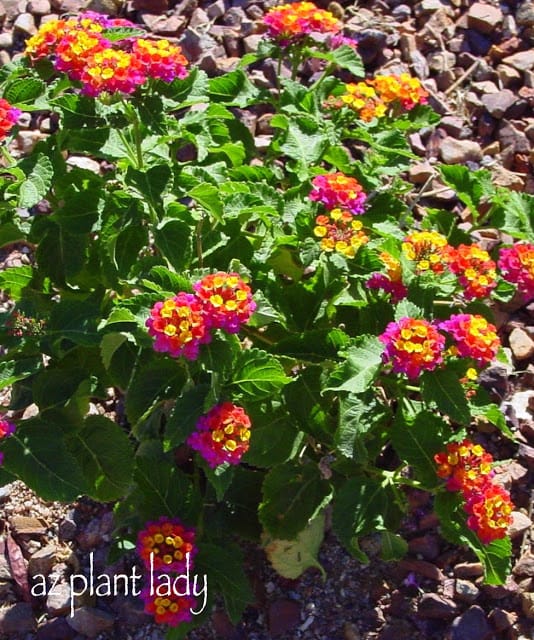In the past, I have shown parts of my garden, but never a comprehensive look. So, I thought I would share with you a more comprehensive look at my garden.
First, I’d like to show you my newest part of my garden, which is located on the side of my house – just outside of my kitchen window.
This part of the garden is looking remarkably good considering that it is still winter. For those of us who are fortunate to live in the Southwest, we didn’t really experience much of a winter this year.
In fact, I recall only 1 week of freezing temps and that happened back in December.
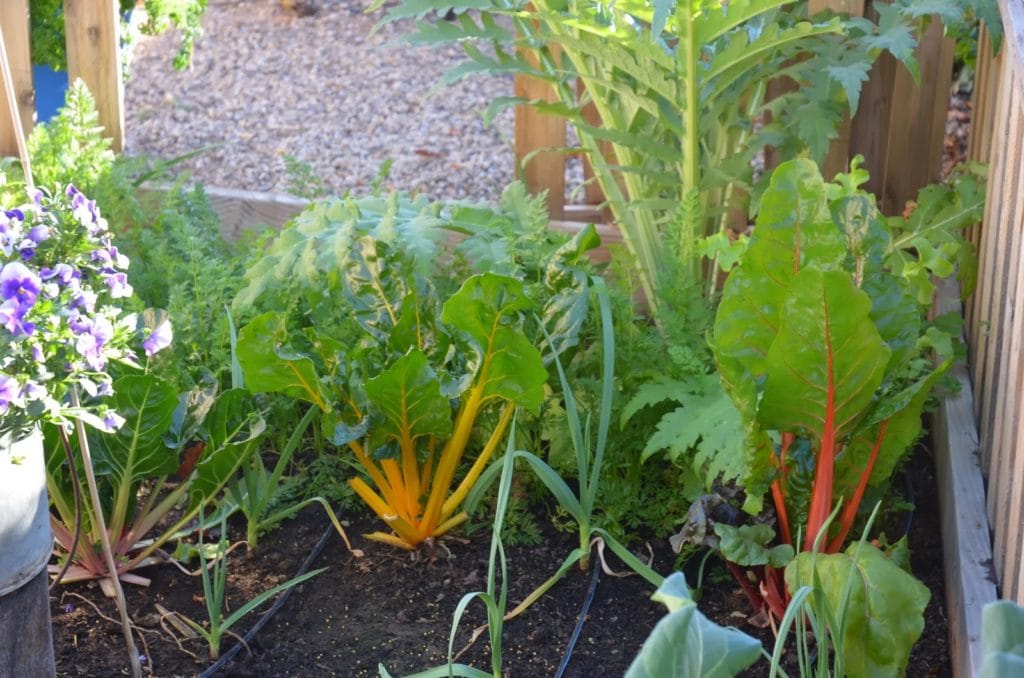
My Spring Garden in Winter
This is the largest of my three vegetable gardens. It is hard to believe that it didn’t exist 2 years ago.
I had always dreamed of having a nice side garden and because ours is rather large, there were many possibilities. So, we decided to create an edible garden in this area.
You can read our planting journey, here.
This year, I planted Swiss chard for the first time and don’t know why I didn’t do it sooner – I love this plant!
Well, I don’t really like it cooked (but I’m weird that way). I do like to use it in salads along with leaf lettuce. My kids even eat it!
I think it also looks really pretty too with its brightly-colored stems.
In the corner, is my single artichoke plant.

My Spring Garden in Winter
It was about 6 inches high when I planted it last fall. Needless to say, it has grown so fast. I can’t wait to see the artichoke buds (the part you eat) begin to form.
I will harvest some of the artichokes, but also plan to allow some to turn into flowers, which are beautiful and fragrant.
I like the idea of using artichokes as ornamental plants as well as for eating.
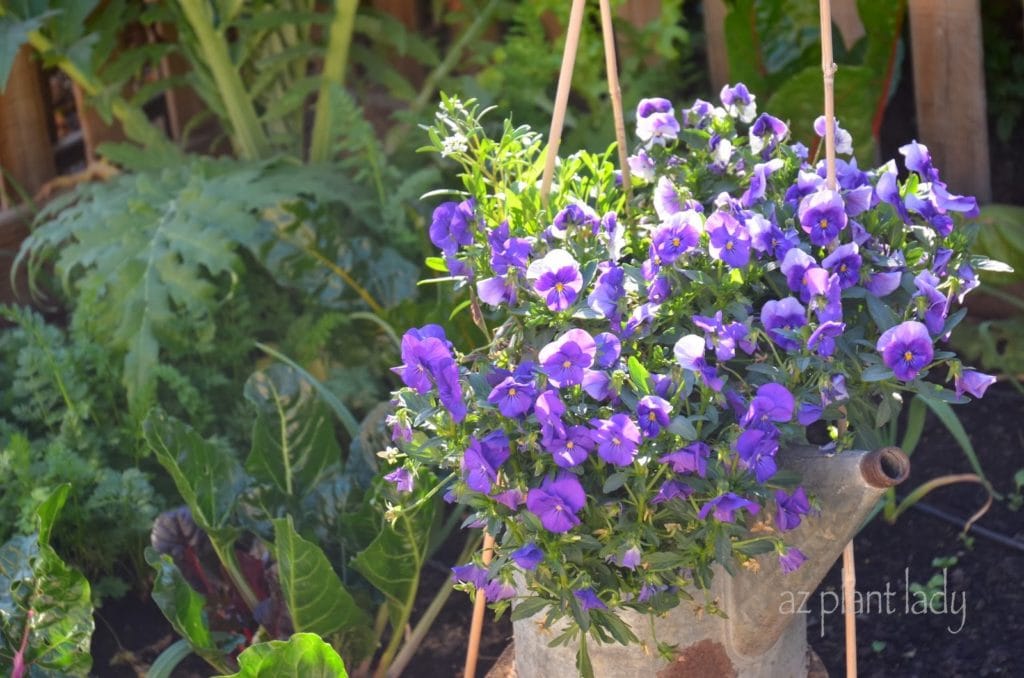
In the center of this vegetable garden sits a stump from a eucalyptus tree that we had to cut down to make space for this particular garden.
An old watering can sits onto of the stump and I fill it with cool-season annuals. This year it is purple violas and alyssum.
In summer, the watering can sits empty, because it is too hot for plants to grow in it. Roots will literally ‘cook’ in small containers during the summer. I think it looks just fine without plants for part of the year.
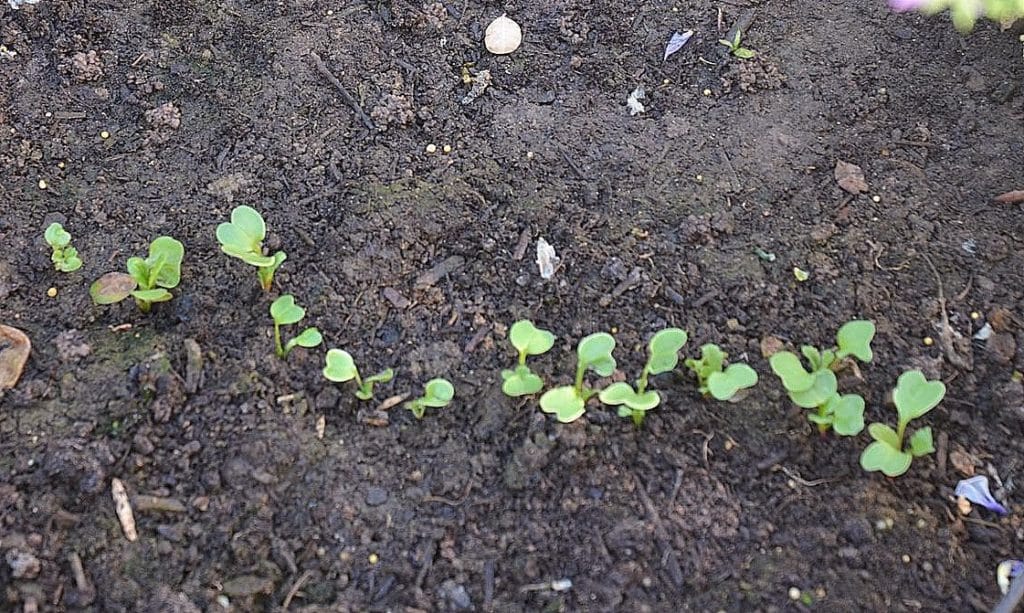
The second crop of radishes of the season are just beginning to come up. There is still time to plant radishes before it gets too hot.
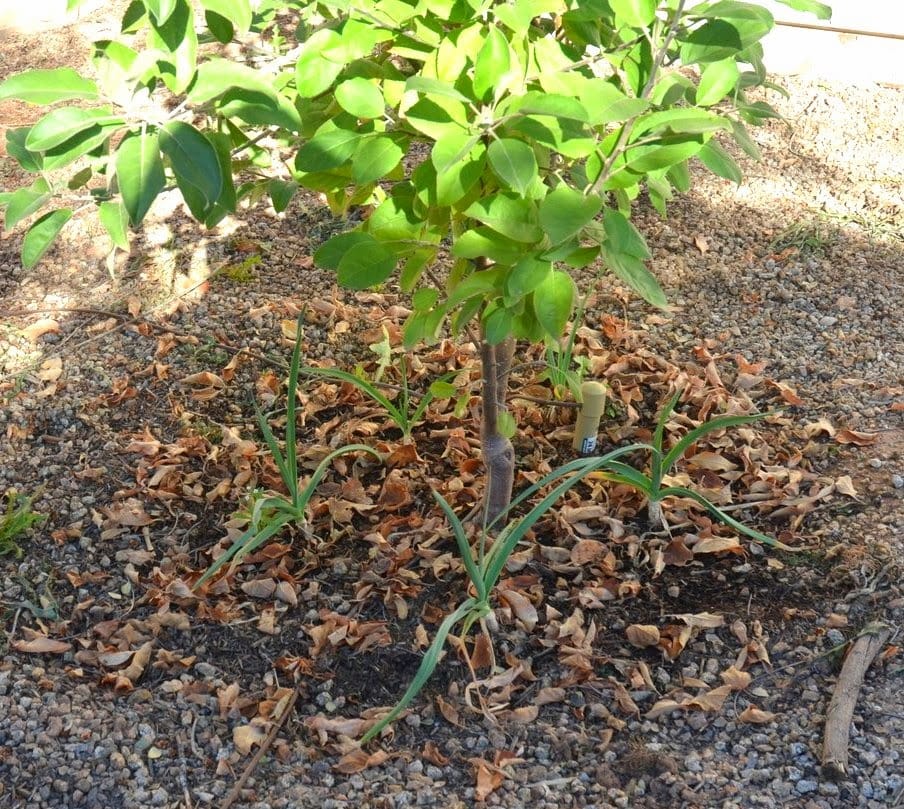
Behind the vegetable garden are two apple trees. They are growing so well during their first year. I will have to wait a couple more years before I get any apples, so I’m trying to be patient.
I planted garlic around the base, in order to help keep borers away.
Not shown – behind the apple trees are blackberry bushes. I had a great crop of last spring. I plan on making blackberry jam this year!
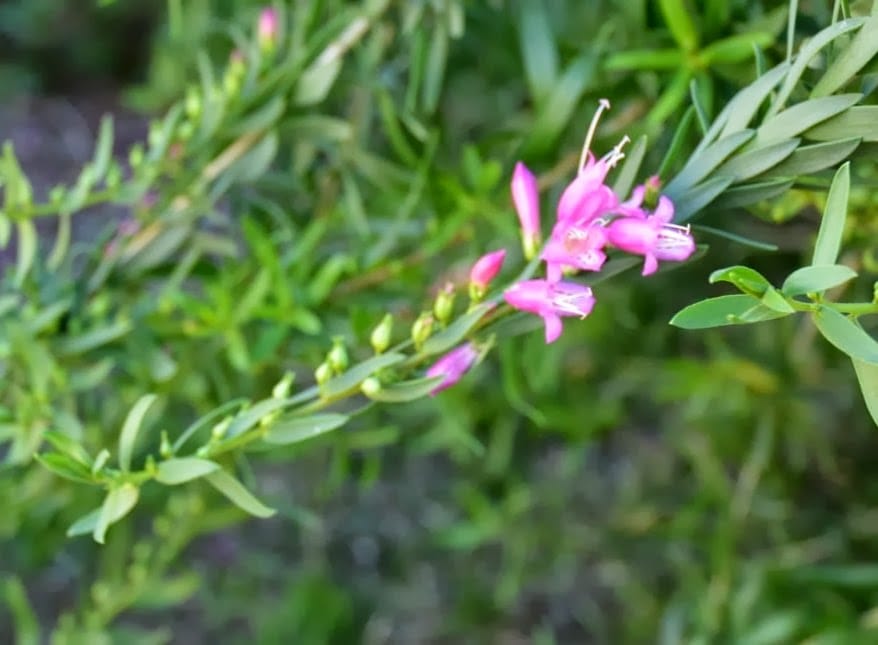
Along the garden wall is one of my favorite shrubs called ‘Pink Beauty’ (Eremophila laanii), which is evergreen in my zone 9a garden and has pink flowers in winter and spring.
It rarely needs pruning as long as it has enough room to grow – mine stands at 9 feet tall.
Next to is Pink Trumpet Vine and Yellow Bells shrubs, which serve two purposes. The first, is that the cover up an ugly, bare wall. Second, they help to cool the garden down because the shrubs keep the wall from re-radiating heat that it absorbs in the day.
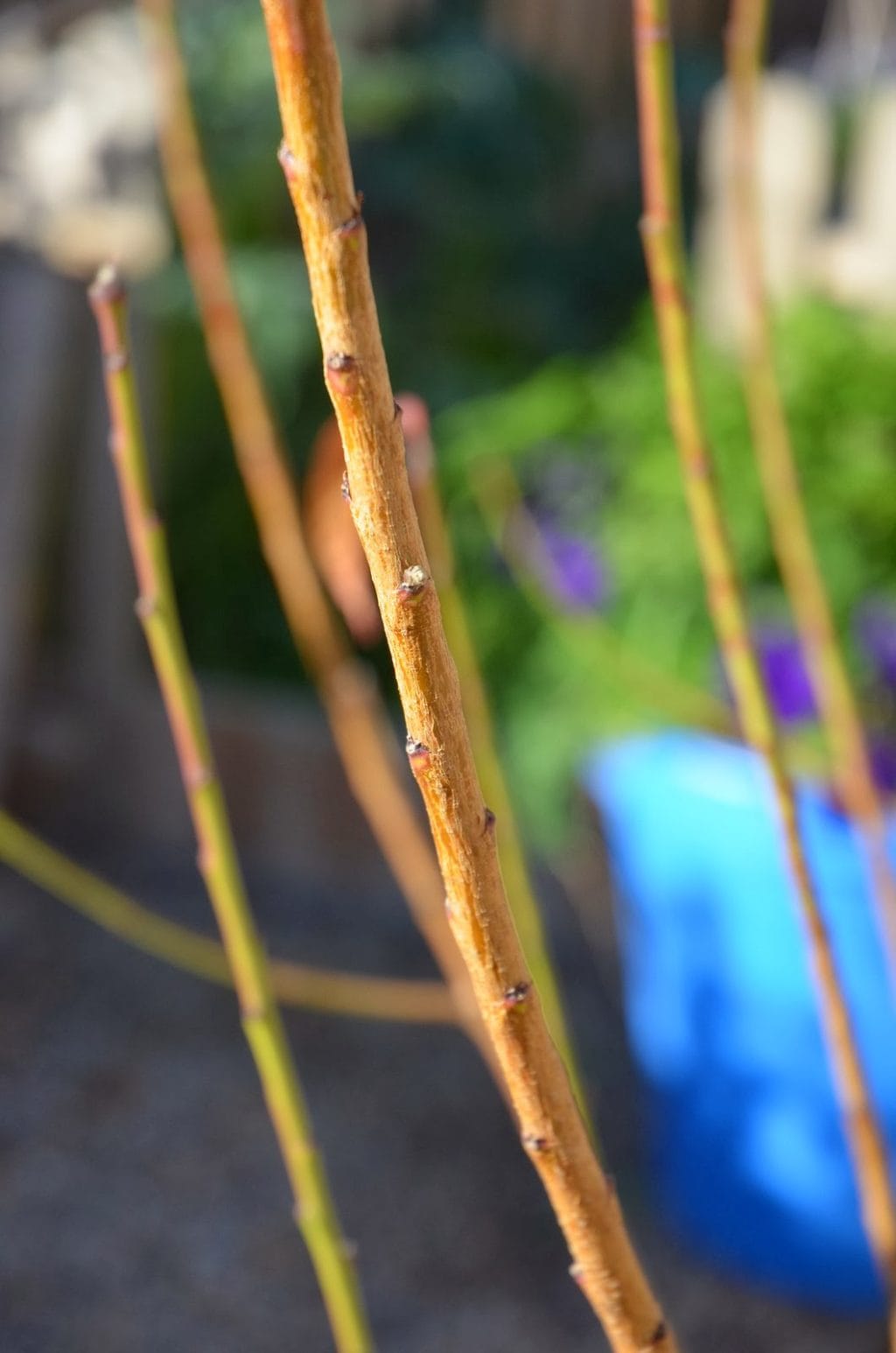
The buds on my peach tree have not begun to swell yet, but it is just a matter of time.
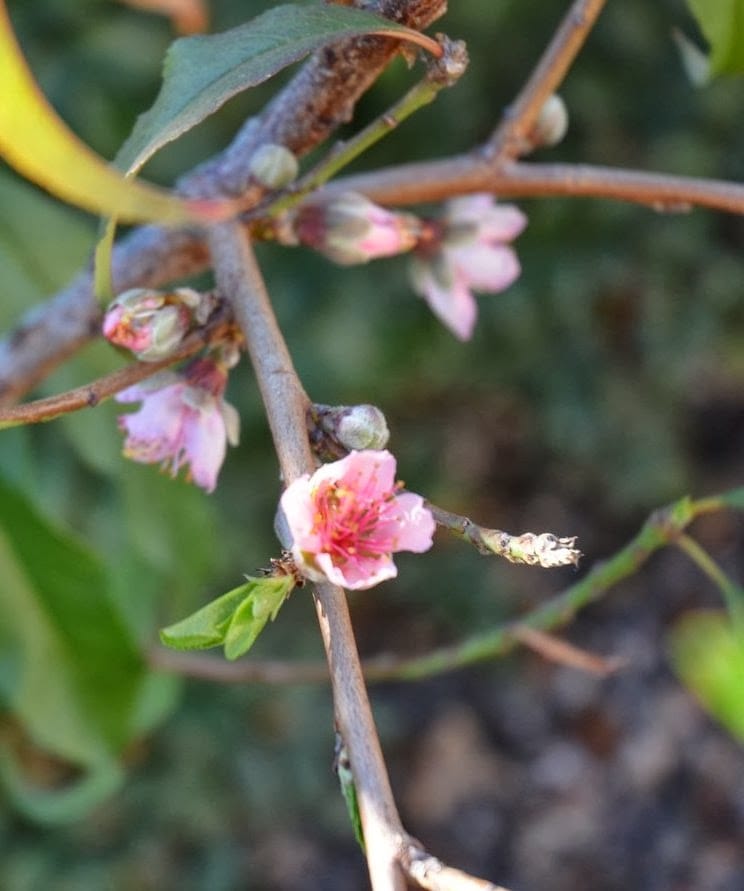
My other peach tree is covered in blossoms. Planted just last winter, it produced 19 peaches for me last year.

My herb container sits in front of the vegetable garden and is filled with lovely, purple petunias. I like to add flowers to my herb pots for an extra splash of color.
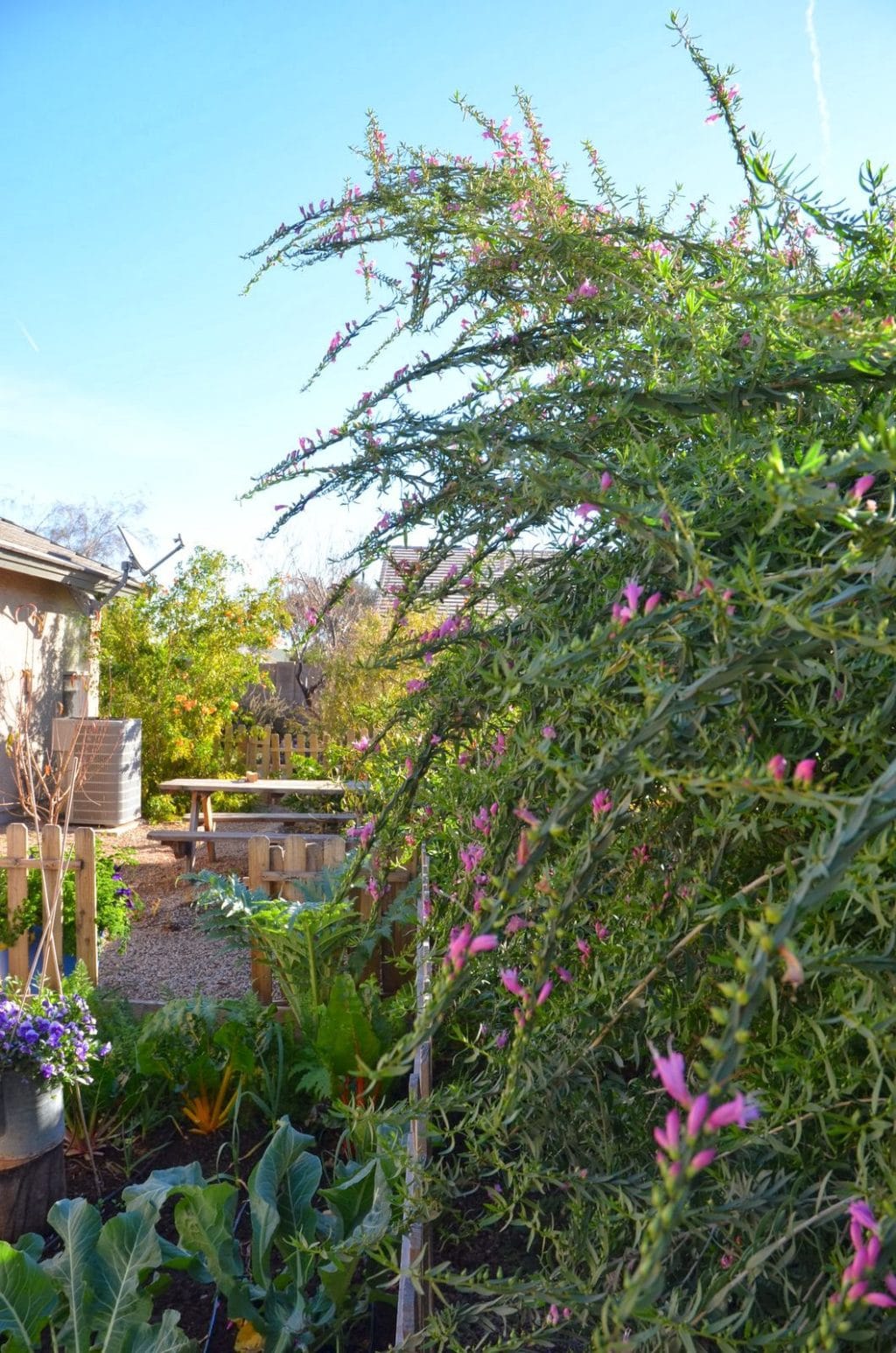
I hope you enjoyed the tour of my side garden.
Next time, I will show you the main part of my backyard and maybe a peek at the ‘other’ side yard, which I never show anyone.
What is growing in your garden this February?
I’d love to hear about it.


